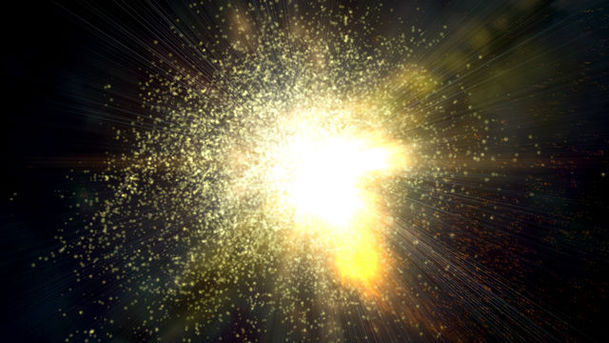Cosmic Quest - Broadcasts from the Cosmos

Heather Couper presents a narrative history of astronomy. Second World War radar research led to the discovery of radio broadcasts from the skies. A new science was born and radio astronomers started to build giant dishes to listen in to the cosmos, including the great radio telescope at Jodrell Bank, brainchild of Bernard Lovell. In 1967, a field near Cambridge saw a strange new sort of telescope, consisting of 1,000 wooden posts and 120 miles of wire. It was with this that Jocelyn Bell discovered a regular cosmic heartbeat, a regular radio pulse. Researchers initially surmised that it might be a signal from an alien civilisation, but it was later found to emanate from an extremely dense spinning neutron star, the collapsed core of an exploded star or supernova. Soon dozens of these pulsars were known, taking physics to a new level. Readers are Timothy West, Robin Sebastian, Julian Rhind-Tutt and John Palmer.